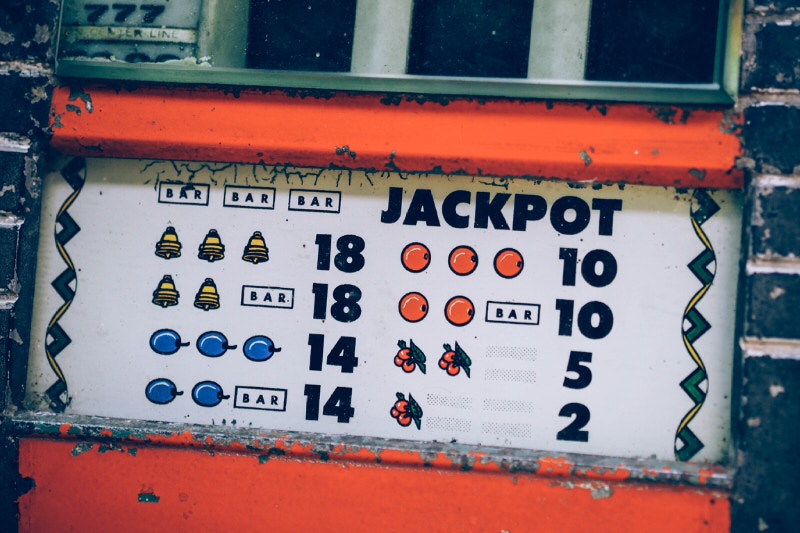Fruits, bars, and the Liberty Belle, oh my!
Did you ever wonder why slot machines, the quintessential symbol of Nevada, feature fruits and bars? If you, like me, write about local food history, this question is inevitable. The answer is buried in slot history and ultimately is connected to a long-popular restaurant in Reno, the Liberty Belle.
Chew on This
In 1887, San Franciscan Charles Fey — remember that name — designed the first mechanical slot machine. The device featured three spinning reels, using five symbols: hearts, diamonds, spades, horseshoes, and the famous Liberty Bell. It was a natural to dub the machine the “Liberty Bell.” Other manufacturers happily followed into this lucrative market.
By the early 1900s, lawmakers cracked down on cash-paying slots and public gambling. San Francisco banned all 3,300 slot machines within the city in 1909. Nevada also instituted a prohibition in 1909. To circumvent the laws, manufacturer Industry Novelty Co. turned the devices into dispensers of Bell Fruit Gum’s chewing gum. Card numbers and suit reel symbols were replaced with fruit images such as cherries, plums, oranges, lemons, and watermelons. The machines now spilled out packs of gum, the flavor matching the winning fruit symbol. The “bar” symbol we recognize today was introduced to slot machines at this time and was based on the stylized company logo of Bell Fruit, designed to resemble a stick of chewing gum.
The Fey Family and the Liberty Belle
Back to Charles Fey, the designer of the Liberty Bell slot. His grandsons, Marshall and Frank, came to Reno and opened a restaurant in 1958 called (what else?) the Liberty Belle. It replaced the Li’l Red Barn in a prominent location in front of what now is the Reno-Sparks Convention Center.

The restaurant was as famous for its Western memorabilia as for its food. The heavy bronze entry doors were salvaged from the Palace Hotel in San Francisco after the 1906 earthquake. Marshall joked that it cost $250 for the doors and two grand to adapt the Belle’s front entrance to accommodate them. Large, ornate chandeliers, red flocked wallpaper, and vintage prints added to a nostalgic grandeur. The back bar was made of rosewood and birch and started life in the Owl Club in Downtown Reno before making its home here. Even the restaurant’s roof got into the act, proudly displaying a variety of horse-drawn wagons to further convey the theme.
Classic Food
The bar was the draw in the early years. Marshall, in an interview with late Reno newsman Dennis Myers, explained, “And the way we got in the restaurant business is the maître ’d of the [Mapes] Sky Room — they closed down, so he phoned us up and wanted to know if he could run the kitchen, and we said, ‘Sure.’”
After a few failed efforts, the Feys decided to run the operation themselves. The Liberty Belle became known as a steak and prime rib restaurant, heavily visited by locals. Many considered the prime rib the best they’d ever eaten. The menu included ribs, fried chicken, and a smattering of seafood. Portions were generous and prices were moderate.
The Liberty Belle stayed true to its classic menu and ignored food trends. It established its reputation as a meat-and-potatoes place, and the restaurant rested on those laurels. The addition of spinach salad, dotted with bacon and egg, was as experimental as the menu got. Coffee was included in the cost of the dinner, a throwback to 1935, when 90 percent of restaurant customers ordered coffee with their meals.
As a bonus, the Feys created a museum there with old slot machines. Marshall had no idea how much he’d spent acquiring the collection over the years, but many of his purchases were made before inflated prices for collectibles drove ordinary people out of the market.
Those heavy bronze doors closed for the last time in 2006. Online, bloggers still lament the loss, especially of the prime rib. But all is not lost. Head to the Nevada State Museum in Carson City to see an original Liberty Bell slot — but you’ll have to take your own fruit or gum with you.
Featured photo courtesy of https://gambelino.com/my/.


